Are you looking to install a wood stove? Wood stoves are an excellent choice to add a cozy and rustic look to your interior spaces.
There is a lot to think about when installing a wood-burning stove. The choice between double wall stove pipe vs. single pipe is among the most important considerations you’ll have to make.
The main difference between the two types of stove pipe is that single wall stove pipe is suitable if you have clearance of at least 18 inches from combustibles. You can install double wall stove pipe if the clearance from the wall is less than 18 inches.
In this article, I will explain the difference between double wall stove pipe vs. single wall stove pipe. You will also learn about the benefits of each type of pipe, helping you decide the best choice to install in your home.
What Is Stove Pipe?
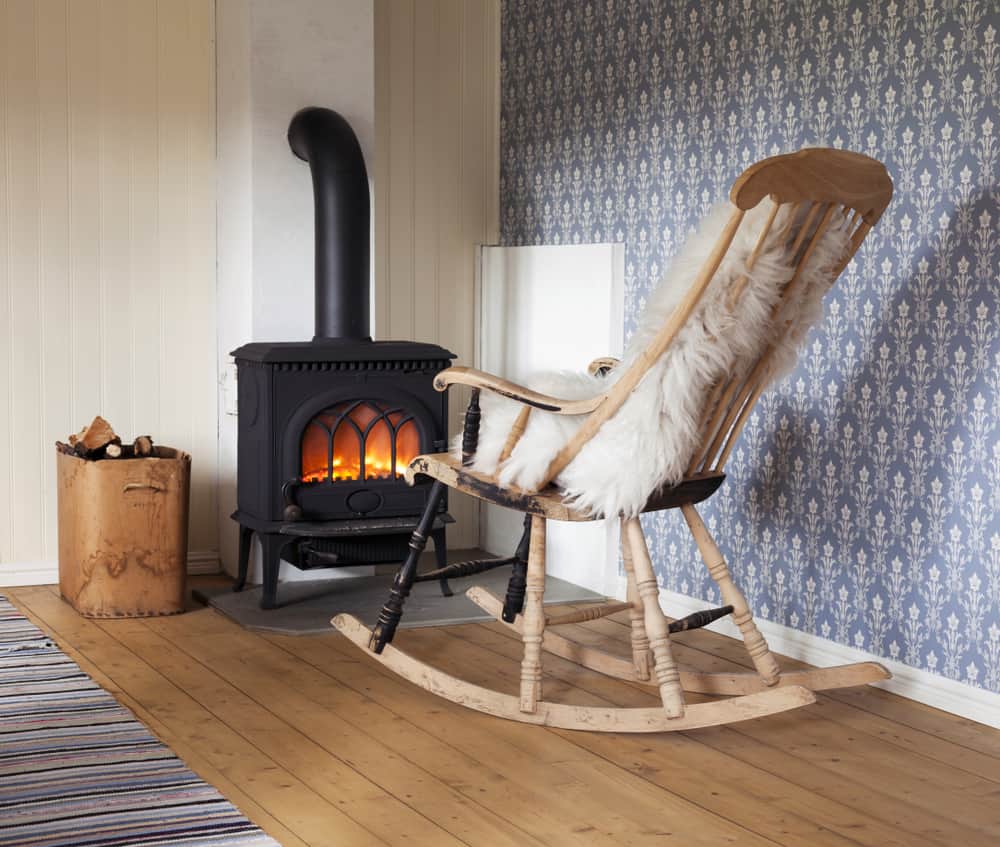
Before we explore the difference between a double wall stove pipe vs. single, let’s first find out: what is stove pipe?
Stove pipe is an important part of a wood-burning stove installation. The pipe connects from a stove and runs into a wall or ceiling and through a chimney. You can also install the stove pipe through a combustible wall if an insulated pipe protects it.
Two types of pipes are used to vent smoke from a wood-burning stove: single wall stove and double wall stove pipe. Each pipe is constructed differently, has different installation requirements, and offers unique benefits.
Let’s take a deep dive and explore single and double wall stove pipe.
Single Wall Stove Pipe
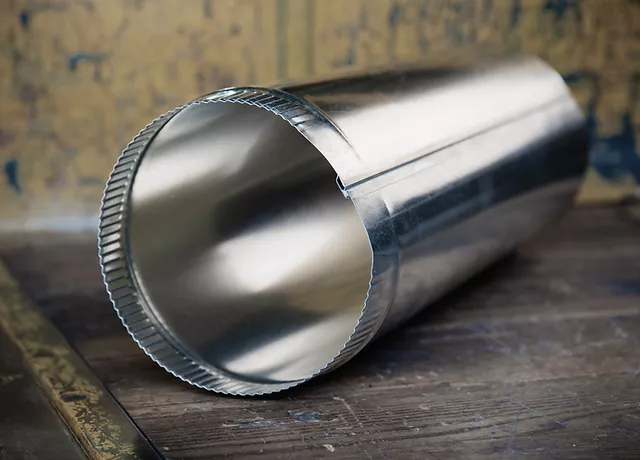
As the name suggests, single wall stove pipe is made from one layer of cold, rolled stainless steel. The pipe has a smooth, almost invisible seam, making it easy to install.
Single wall stove pipe is best installed into a chimney thimble or ceiling transition box to ensure it does not come in close contact with any combustible material.
If you opt to install a single wall stove pipe, you should avoid running it directly through a combustible wall or chimney chase as this can create a fire hazard. Safety codes require you to use a UL-listed class A combustible insulated pipe as a transition between single wall pipe and a combustible wall.
Because it is made from a single layer of steel, single wall pipe radiates a lot of heat. For this reason, you should only use this type of pipe in spaces with a minimum of 18 inches clearance from the wall or ceiling to minimize fire risks.
The best quality stove pipe has a fume-free finish, so you won’t smell the smoke when the stove is in use.
Double Wall Stove Pipe
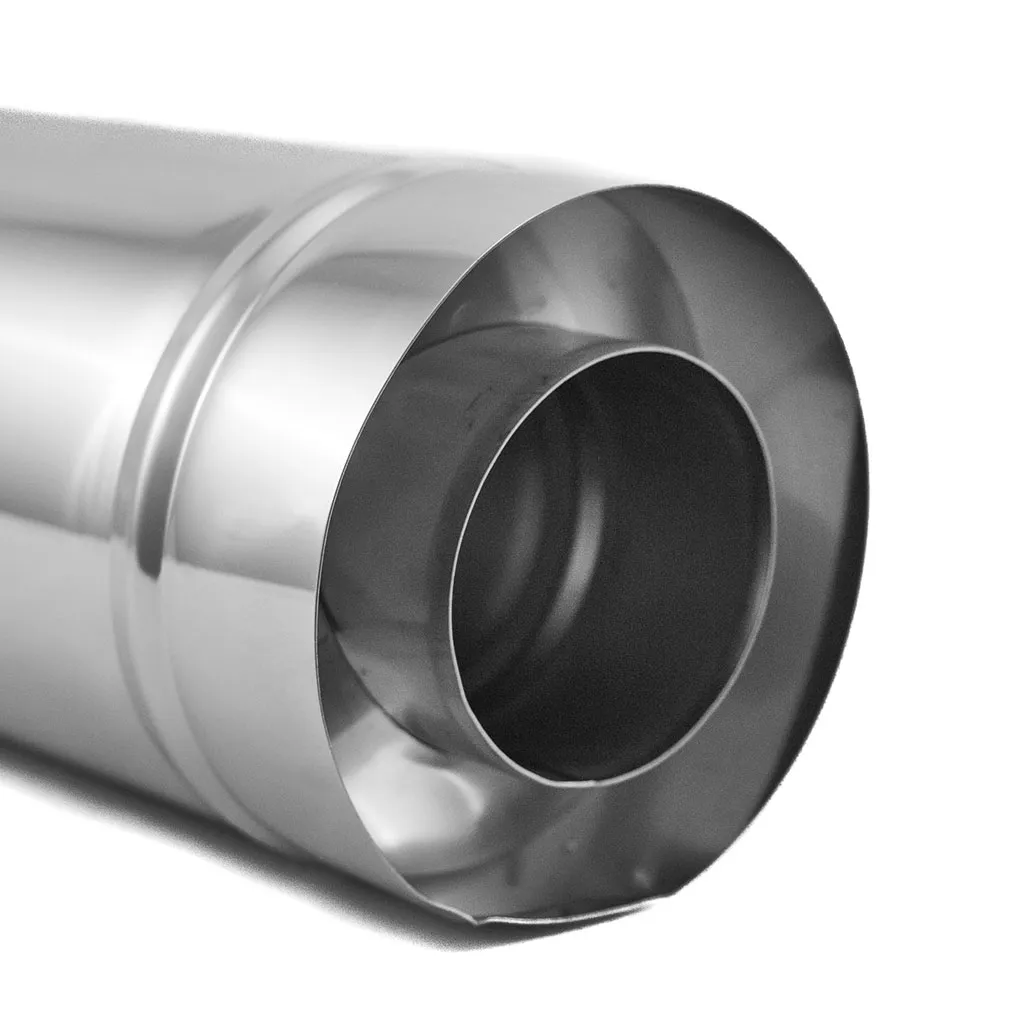
A double wall stove pipe has an outer and inner wall and in between is an air space that helps with insulation. The purpose of double wall stove pipe is to ensure that the stove performs better by keeping the flue gas temperatures high and the draft consistent. The superior performance combined with a longer lifespan ultimately offset the higher cost of double wall pipe.
Double wall stove pipe installation is similar to that of single wall pipe. You should connect and pass it through a chimney thimble or transition ceiling box.
Double wall stove pipe is best used where you have a clearance of fewer than 18 inches. The main difference between double wall stove pipe vs. single wall pipe is the clearance requirement. If the space where you place your wood-burning stove is small, i.e., with less than 18 inches clearance, it is appropriate to use double wall stove pipe.
Some of the best quality double wall stove pipe on the market has a minimum clearance requirement of just 6 inches because the outside of the pipe is impressively cool.
Double insulated wall stove pipe minimizes creosote and moisture buildup within the chimney wall. When the flue heats up faster and stays hotter for longer, there is a lower risk of the flue gases and unburned wood particles condensing on the chimney wall.
Creosote can be very dangerous, with the potential to cause chimney fires. This soot also gives off a pungent smell when you light up your wood-burning stove.
Because it is air-insulated, the outer wall of double wall stove pipe doesn’t heat up as much as a single wall pipe. The double wall is, therefore, a safer choice as you won’t have to worry about accidental burns if you touch the pipe. This also makes it a good choice for use in areas with a small clearance from combustible material, such as in a mobile home.
Although double wall stove pipe is generally cool on the outside even when the stove is in use, the inside wall can get as hot as 1,000 degrees Fahrenheit. This pipe is built to withstand a maximum temperature of 1,700 degrees Fahrenheit.
The Advantages of Single Wall Stove Pipe
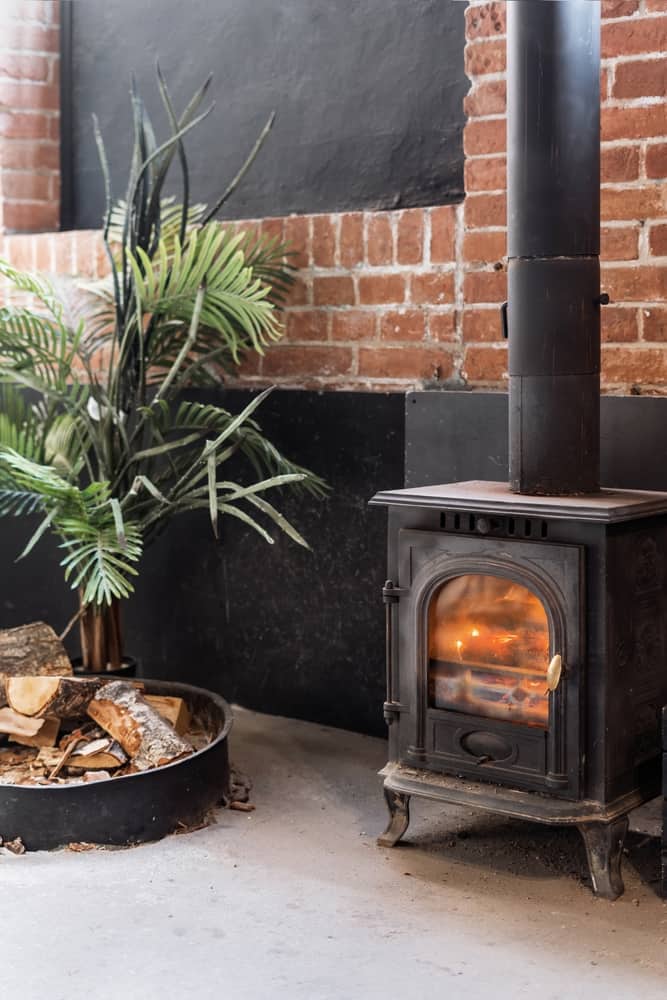
Here are some benefits of single wall stove pipe:
Affordability
Cost is a big factor when buying and installing a stove in your chimney. Most homeowners install their wood-burning stoves using single wall pipe because it is inexpensive and offers ease of installation. If you are on a budget and have clearance space of at least 18 inches from combustible ceilings or walls, then single wall stove pipe might be your best bet.
Heat maximization
Single wall stove pipe has just one layer and radiates more heat into the room. You shouldn’t depend only on the pipe’s heat to warm your house; the stove should do the actual heating. But, if you want to extract the maximum heat from the appliance, pipe that releases lots of heat can be a helpful addition.
Space utilization
If you’ve always wanted a big pellet stove and have plenty of space, the best pipe to install your stove is single wall pipe. Manufacturers recommend using this type of pipe in areas with a clearance of at least 18 inches away from combustible walls or ceilings. The upside is that even if you spend more money on a larger stove, the single wall pipe won’t cost you as much, so you might still enjoy some cost savings.
The Advantages of Double Wall Stove Pipe
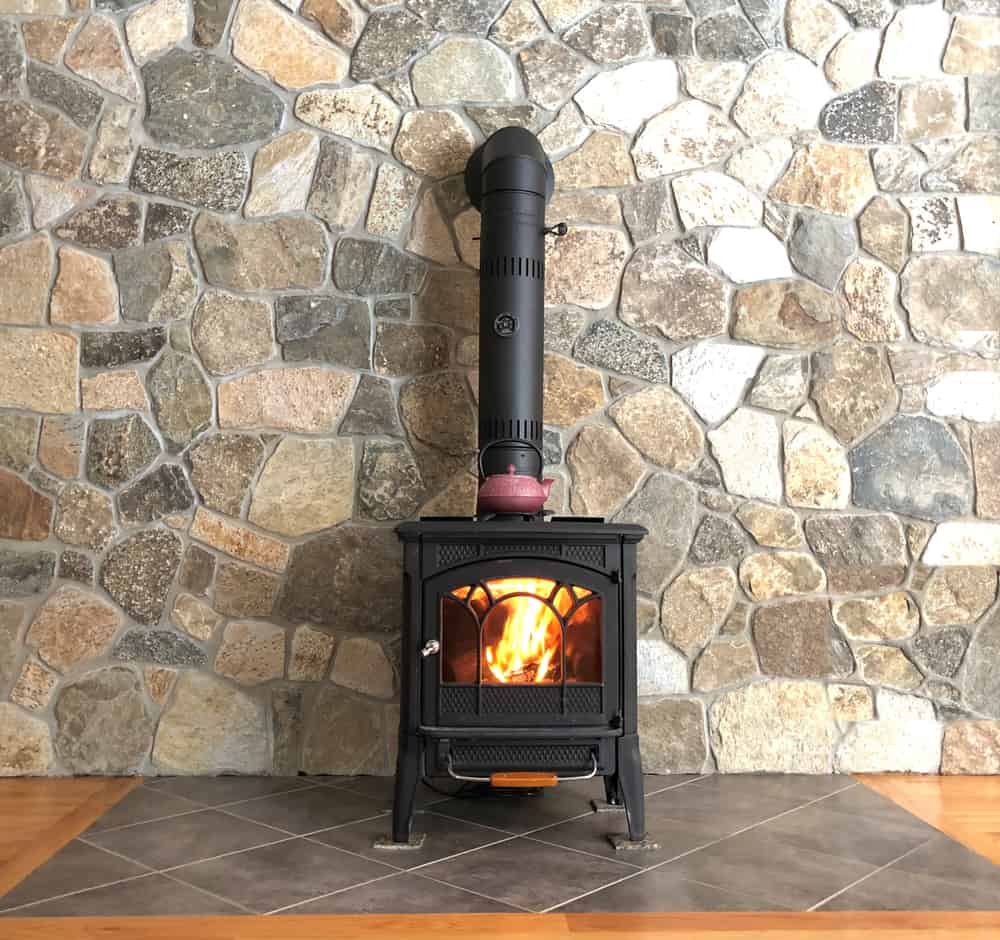
Here are the benefits of double wall stove pipe:
Efficiency
Double wall stove pipe has an inner and outer layer, giving it superior insulation. The insulation keeps the flue gases hot, ensuring the stove warms your room for longer at optimum temperatures. Single wall stove pipe might be cheaper, but you might actually save more with double wall stove pipe when you consider its superior performance.
Longer lifespan
Double wall stove pipe is of a higher quality and will last longer. It is built using a .016-inch stainless steel inner wall and a .018-inch galvanized outer wall, making it more durable than single wall pipe.
Less space requirements
Single wall pipe has a clearance requirement of 18 inches away from the walls, while with double pipe, the clearance requirement can be as little as 6 inches from the same wall. Because of the minimal clearance, you can place the stove closer to the wall and further into the room, wasting less space.
Safety
Double wall pipe gets less hot. This means you can safely position the stove close to combustible walls. Also, you won’t have to worry about getting some serious burns if you accidentally touch the pipe.
Minimal creosote formation
Creosote is the soot or residue from burning wood that forms inside the chimney wall. Aside from giving off a nasty smell when the stove is in use, creosote is highly flammable. Too much of it inside the pipe drastically increases the risk of a fire. Double wall stove pipe is less prone to creosote because it allows the flue to burn faster and stay hotter for longer, minimizing the formation of burnt wood residue.
Double Wall Stove Pipe Vs. Single Wall: Which One is Better?
Many factors will influence your choice of either double wall stove pipe vs single wall. One of these factors is cost, with double wall costing slightly more than single wall stove pipe.
Because it is made of two steel layers, double wall stove pipe is of a higher quality and will serve you for longer. The pipe is also insulated, making it energy efficient with superior performance when heating your home.
Lastly, double wall stove pipe is less prone to creosote buildup, so there is less risk of accidental fires. The pipe also gets less hot, so you can place your stove closer to the wall without worrying about serious burns if you happen to touch the surface.
Single wall stove pipe works just fine. It may be the better option if you are on a budget and have enough space for the stove to keep to the 18 inches clearance requirement.
Overall, while you will pay less for single wall stove pipe, double wall stove pipe is a far much better option in terms of performance, longevity, and safety.
I hope our comparison of double wall stove pipe vs single wall stove pipe helps you choose the best one based on your needs and preferences!
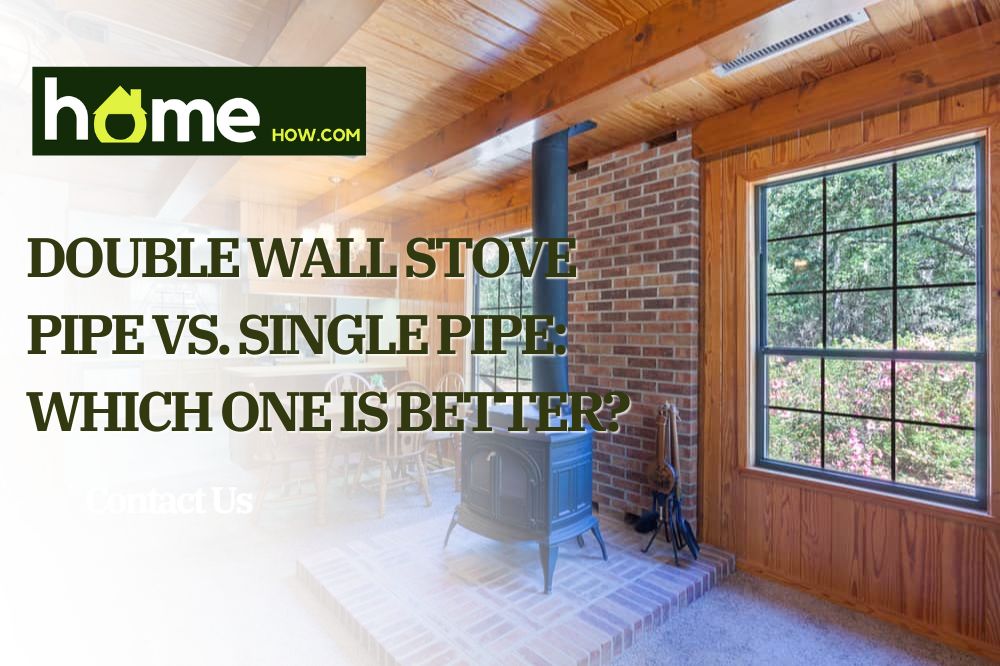
Love your products!
Can i put a six inch into a 8 inch.stove pipe? It fits tite.
Can i put a six inch into a 8 inch.stove pipe? It fits tite.
Eat shit Trudeau